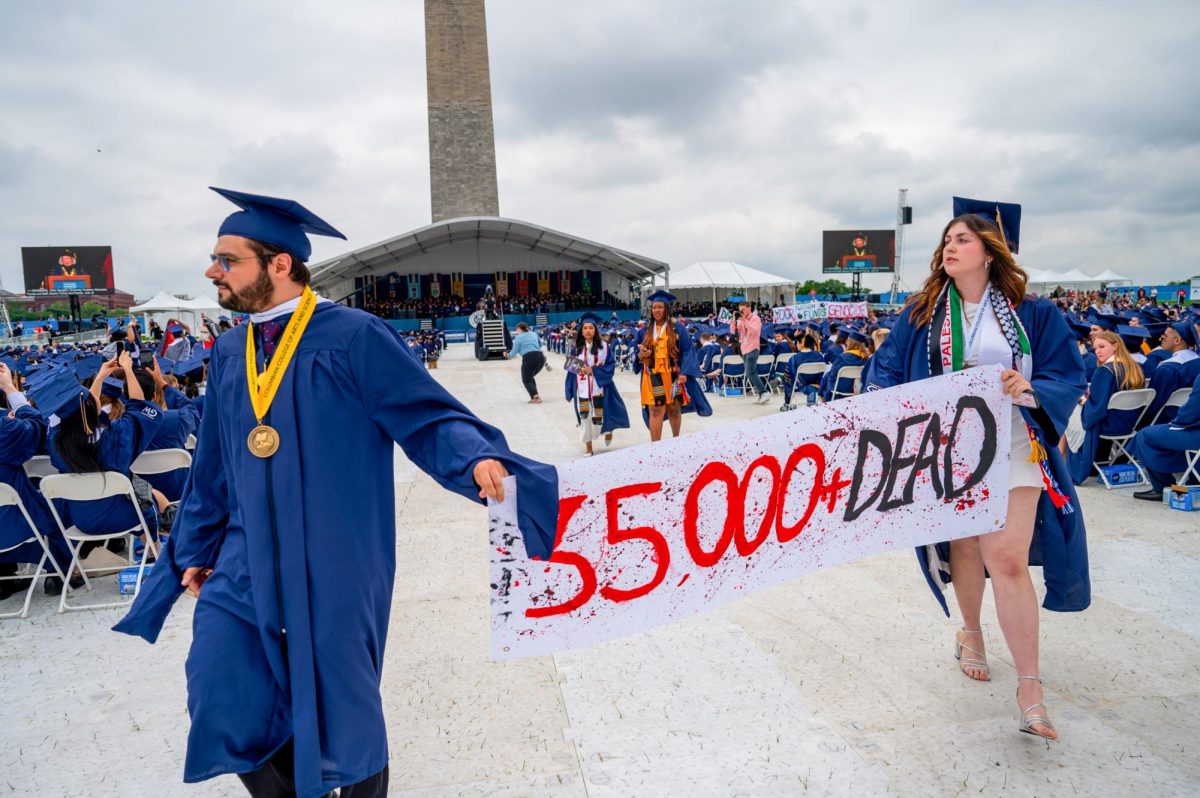The University’s overall applications for the Class of 2016 increased only slightly this year, preliminary data released Friday showed.
GW reported 21,600 total applications, compared to last year’s final count of 21,497, continuing a trend of plateauing that began in 2009 and has reverberated this year at some colleges nationwide.
In a year when market basket schools have seen varying degrees of growth, the University’s 0.5-percent climb in admissions statistics fell in the middle of the pack.
Syracuse University’s numbers were the closest match to GW’s, holding steady to last year’s figures, while Northwestern and Boston Universities saw moderate increases.
Princeton University saw its first decrease in applicants in eight years.
Scott Jaschik, editor and co-founder of the website Inside Higher Ed, said GW’s minimal growth was not a cause for alarm.
“If you look at the general trends at most colleges, the general trend is going up over a period of years. So when you have a year where it’s essentially flat – which is this year – that’s just what happens,” Jaschik said.
Associate Vice President and Dean of Undergraduate Admissions Kathryn Napper said she expects these preliminary numbers to fluctuate only slightly as her office continues to process applications. About three-fourths of the places in the anticipated 2,350-member incoming class remain open after Early Decision I binding acceptances.
A range of factors could have played a role in GW’s tapering application growth, Napper said, citing the stagnant economy and dwindling high school graduation rates in key feeder states like New York and California.
The end of the “baby boom echo,” or children of the baby boomer generation born between 1982 and 1995, will contribute to the leveling off of college applications nationwide.
“People are just thinking more about the college decision and the college choice. They are putting more thought into the process of where they should apply,” Napper said.
Public universities are attracting interest as a low-cost alternative to private colleges, and GW’s $75 application fee may have deterred less committed students from applying, Napper said.
GW’s rising selectivity – demonstrated by an admissions rate that has dropped by more than 15 percentage points in the past decade – also deters applicants who no longer believe they will be admitted to the University, Napper said.






